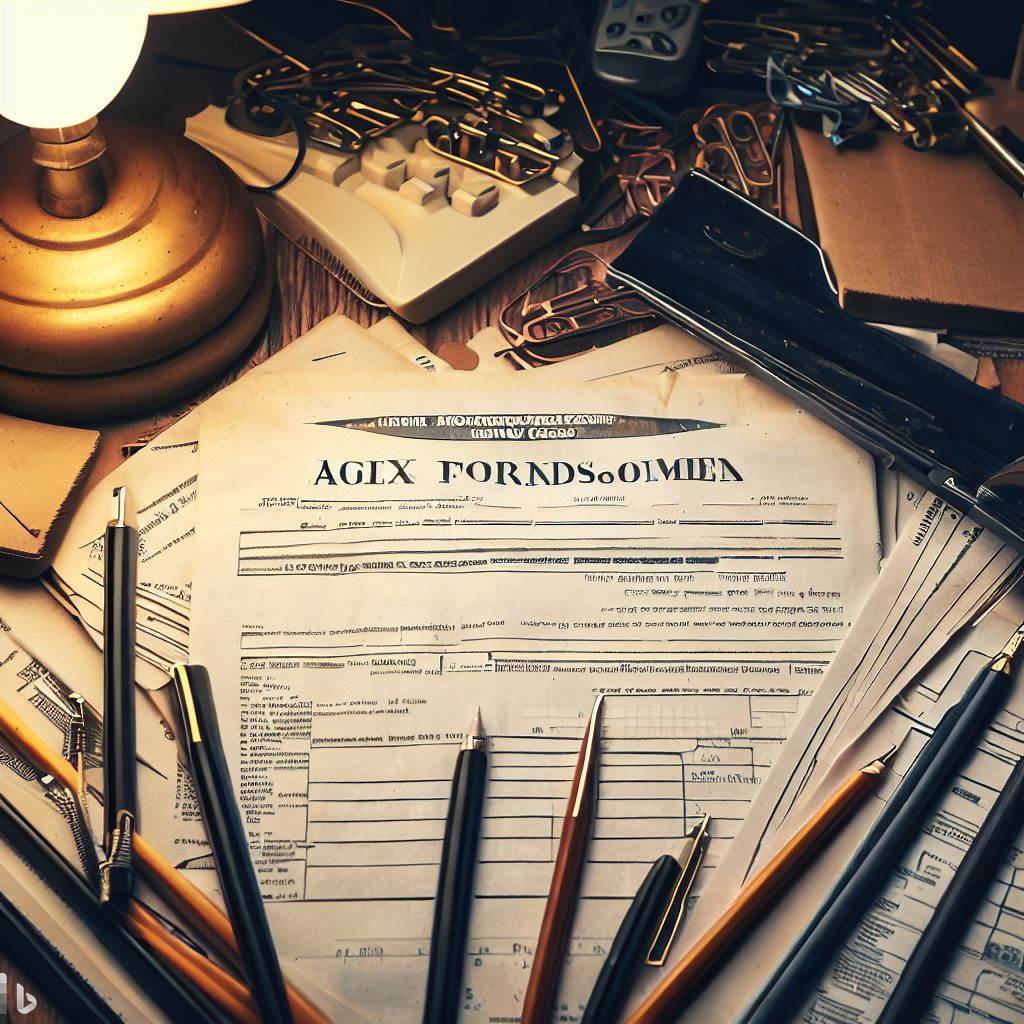3 Paths From $100,000 To $1 Million In Retirement Savings
While some argue it’s not enough – and others argue it’s needlessly high – the figure of $1 million is frequently cited as the amount to strive for when it comes to retirement savings. And with the average 401(k) and IRA accounts having balances of around $100,000, today’s article lays out scenarios to get from this starting point to $1…









